Filter by
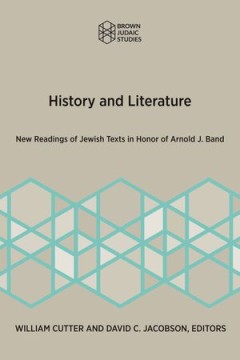
History and Literature New Readings of Jewish Texts in Honor of Arnold J. Band
This collection of close textual reading by scholars in a variety of areas, including rabbinics, Jewish history, education, Hebrew literature, Yidish literature, America Jewish literature, is a tribute to Arnold Band. Each Essay constitutes a new and original reading of a text. The texts analyzed are drawn from a wide range of genres: talmudic legal texts, hasidic tales, folklore, as well as mo…
- Edition
- -
- ISBN/ISSN
- 9781946527165
- Collation
- -
- Series Title
- -
- Call Number
- -
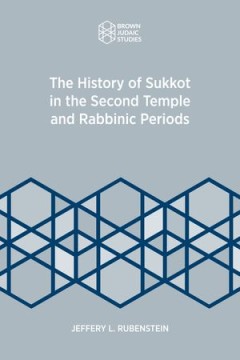
The history of Sukkot in the Second Temple and Rabbinic periods
This study analyzes the history of the festival of Sukkot during the second temple and rabbinic periods. While the Jerusalem temple stood, Sukkot was the preeminent festival and primary pilgrimage. The cult observed the festal week with sacrifices, processions, fertility rites and other temple rituals. The destruction of the second temple in 70 CE left rabbinic Judaism with the question of how …
- Edition
- -
- ISBN/ISSN
- 9781946527271
- Collation
- -
- Series Title
- -
- Call Number
- -

A History of the Mishnaic Law of Agriculture
This volume presents a translation and exegesis of Mishnah's Tractate Kilayim (Mixed Species) in an effort to discover the original meaning of the tractate. This volume aims to identify the sense which the formulators of the tractate's laws wished their rules to convey.
- Edition
- -
- ISBN/ISSN
- Brown University
- Collation
- -
- Series Title
- -
- Call Number
- -
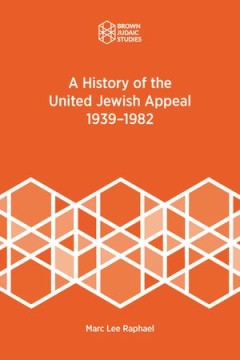
A History of the United Jewish Appeal 1939–1982
The United Jewish Appeal (UJA) was the primary Jewish philanthropic umbrella organization until it was combined with another philanthropic organization in 1999. Using original archival research, this volume traces the history of the UJA from its origins to 1982.
- Edition
- -
- ISBN/ISSN
- 9781951498412
- Collation
- -
- Series Title
- -
- Call Number
- -
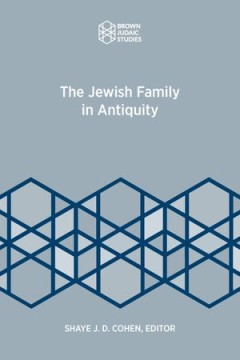
The Jewish Family in Antiquity
This volume consists of papers (or the offspring of papers) that were delivered by the Hellenistic Judaism section of the 1990 and 1991 annual meetings of the Society for Biblical Literature. In recognition of the fact that so little work had been down on the subject, presenters were not asked to focus on a single set of questions, a single body of evidence, or utilize a single methodology. Rat…
- Edition
- -
- ISBN/ISSN
- 9781946527387
- Collation
- -
- Series Title
- -
- Call Number
- -
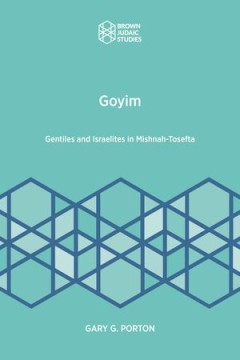
Goyim Gentiles and Israelites in Mishnah-Tosefta
This volume examines the way thatMishnah-Tosefta attempted to construct an Israelite ethnic identity in order to differentiate the Israelites from the gentiles who also populated the Land of Israel. This became an especially pertinent project with the destruction of the Jerusalem Temple, the failure of the Bar Kokhba Revolt, the increased influx of gentiles into the Land of Israel. and the soci…
- Edition
- -
- ISBN/ISSN
- 9781946527912
- Collation
- -
- Series Title
- -
- Call Number
- -
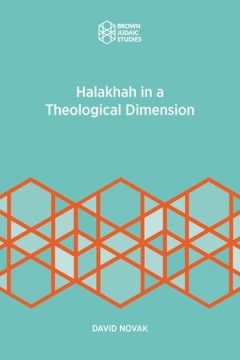
Halakhah in a Theological Dimension
In Halakhah in a Theological Dimension, David Novak argues that Jewish law (halakhah) is grounded on a set of theological assumptions relating to the covenant between God and Israel. Novak’s study is fundamental for understanding both his later work on the Covenant and the continuing philosophical discussion of the relationship between religious law and theology.
- Edition
- -
- ISBN/ISSN
- 9781951498610
- Collation
- -
- Series Title
- -
- Call Number
- -
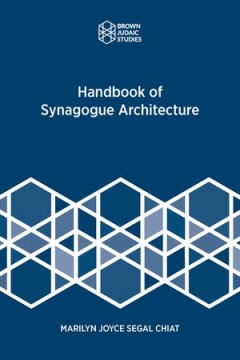
Handbook of Synagogue Architecture
Almost fifty years has passed since the publication of Marilyn J. Chiat’s Handbook of Synagogue Architecture (1982). Since then, there have been more finds and much more research on the issues that Chiat raises. Nevertheless, Chiat’s study still provides an important architectural guide to these synagogues.
- Edition
- -
- ISBN/ISSN
- 9781951498092
- Collation
- -
- Series Title
- -
- Call Number
- -
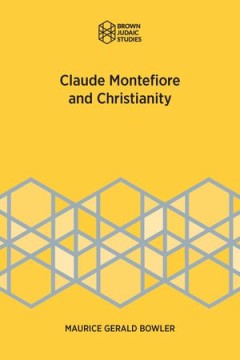
Claude Montefiore and Christianity
Claude Montefiore (1858-1938) was among the major founders of Anglo-Liberal Judaism and the World Union for Progressive Judaism, and was known for his radical ideas and deep sympathy for Christian ideas. This volume explores why and how Montefiore engaged Christianity, and the reaction to this engagement by many contemporary Jewish luminaries.
- Edition
- -
- ISBN/ISSN
- 9781946527349
- Collation
- -
- Series Title
- -
- Call Number
- -
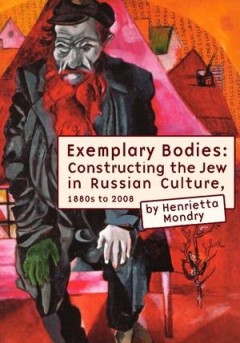
Exemplary Bodies Constructing the Jew in Russian Culture, 1880s to 2008
Exemplary Bodies: Constructing the Jew in Russian Culture, 1880s to 2008 explores the construction of the Jew’s physical and ontological body in Russian culture as represented in literature, film, and non-literary texts from the 1880s to the present. With the rise of the dominance of biological and racialist discourse in the 1880s, the depiction of Jewish characters in Russian literary and cu…
- Edition
- -
- ISBN/ISSN
- 9781934843390
- Collation
- -
- Series Title
- -
- Call Number
- -
 Computer Science, Information & General Works
Computer Science, Information & General Works  Philosophy & Psychology
Philosophy & Psychology  Religion
Religion  Social Sciences
Social Sciences  Language
Language  Pure Science
Pure Science  Applied Sciences
Applied Sciences  Art & Recreation
Art & Recreation  Literature
Literature  History & Geography
History & Geography